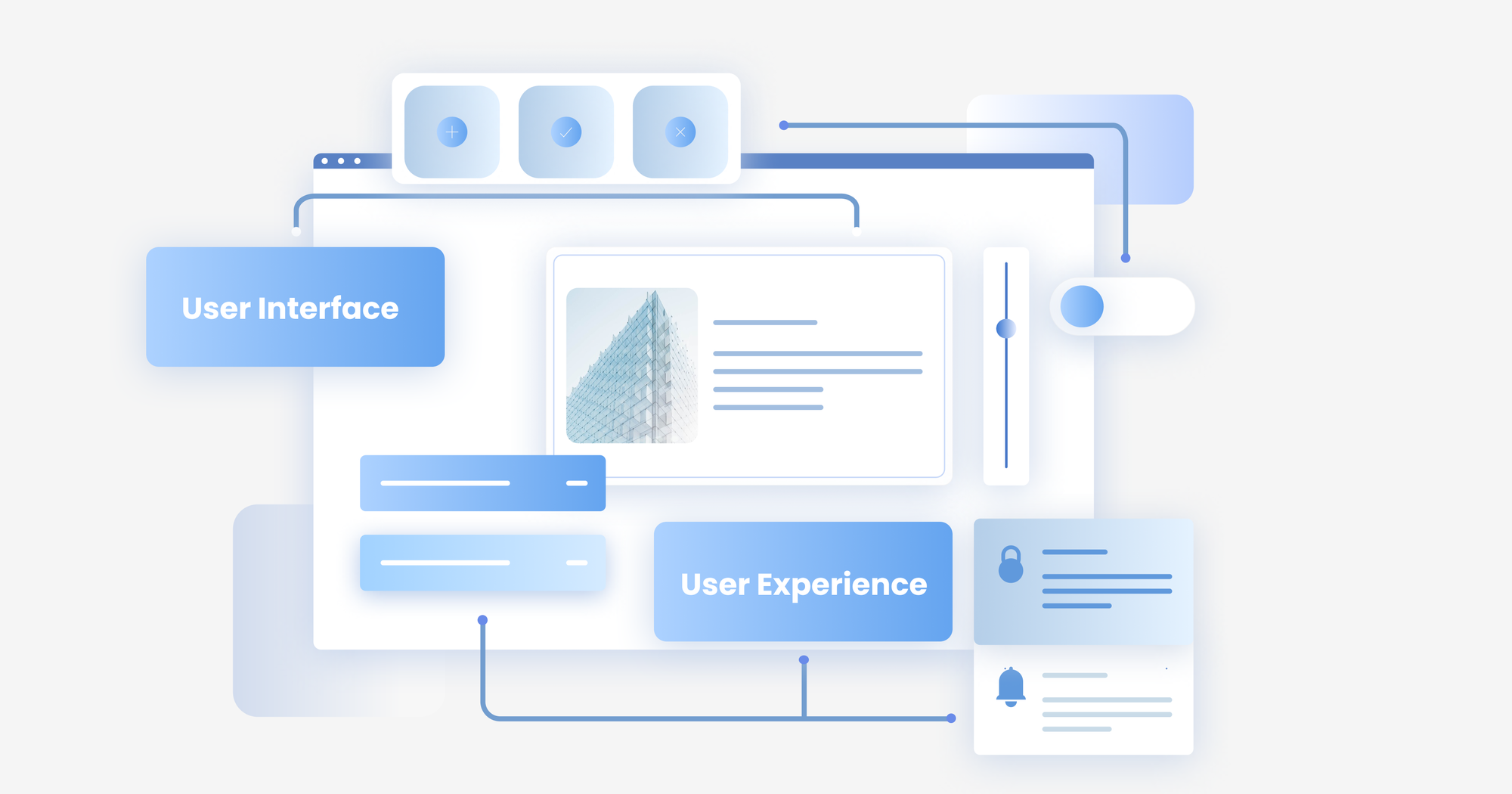To create an attractive and effective website, it is necessary to carefully think through all the details already at the initial design stage. One of the best approaches is to generate a prototype of the future website, since it allows for both the visual side and the functionality of your perspective service.
The prototype is a detailed mockup that developers will leverage for their work.
It helps visually show the following aspects:
- arrangement of elements;
- their appearance;
- interaction with the user.
Why does the customer need a website prototype?
- Visualization of the idea.
The prototype assists in depicting the concept, even if customers only carry it in their head. - Understanding the possibility of implementing customer’s ideas.
The idea may sound good, but its hands-on part may be impossible to implement. Prototyping helps to avoid the costs of pointless functionality development. - Expected result.
The prototype allows viewing the future look of the website, cutting down the risk of a discrepancy between expectations and reality. - Providing adjustments effortlessly.
All changes and corrections are much easier to make in the layout than on the finished website. - Saving the money.
Altering a completed website is much more expensive than creating a prototype. - Determination of deadlines and budget.
The prototype aims at the most accurate estimate of time and money needed for the project implementation.
The website prototype can become handy not only for customers but for developers as well.
Engineering specialists may use a layout as a clear action plan that gives them:
- concise vision of the project;
- clear understanding of tasks;
- ability to accurately determine the cost and terms;
- validation of ideas and possibility to make the website individual;
- rapport building with the customer through supervising the website layout.
Efficient website prototypes are developed by designers using programs/tools such as Figma. This software has a wide range of options for creating clickable functions and the entire visual side. Moreover, it is really simple and fast to make the necessary modifications.
At the initial stage of working on the prototype, the designer produces a black-and-white layout. After getting the customer’s approval and making all the changes, the designer starts working on the visual design - colors, fonts, shapes, icons, images, and other details. The final step is to implement an interactive prototype that allows users to interact with it using clickable elements.
To sum it up, the website prototype is an important tool that benefits both customers and developers. It helps boost communication, accelerates the project implementation speed, saves money on additional adjustments and remaking, and most importantly, helps set up tasks clearly and concisely, identify problems, and find individual solutions that will make the website unique.

